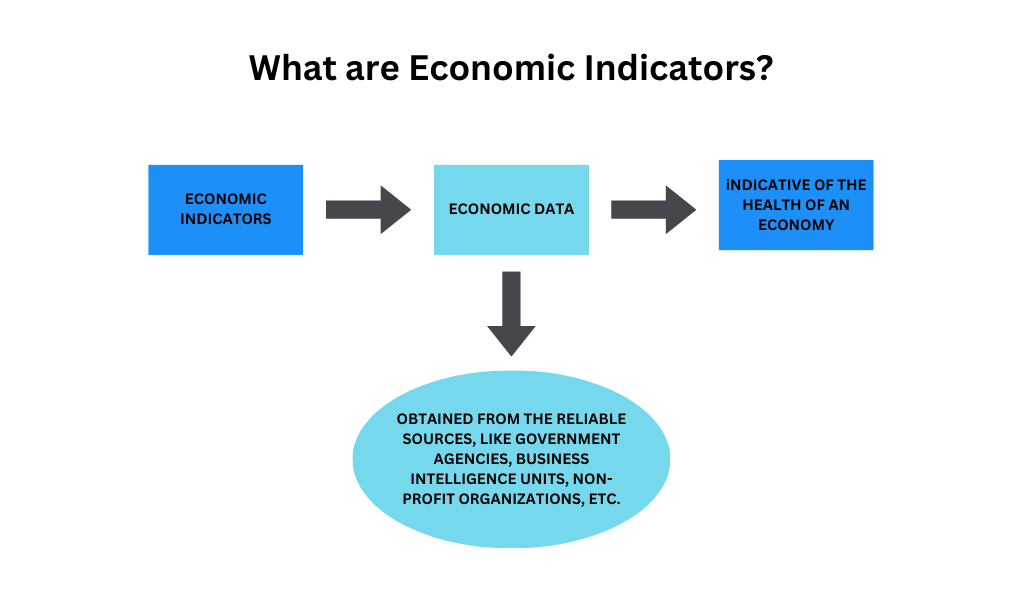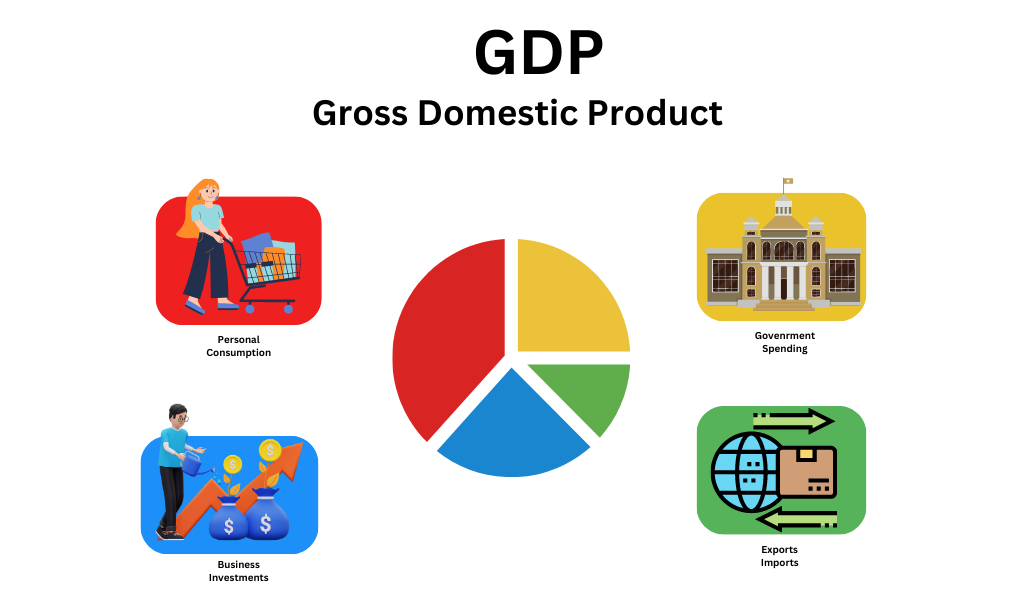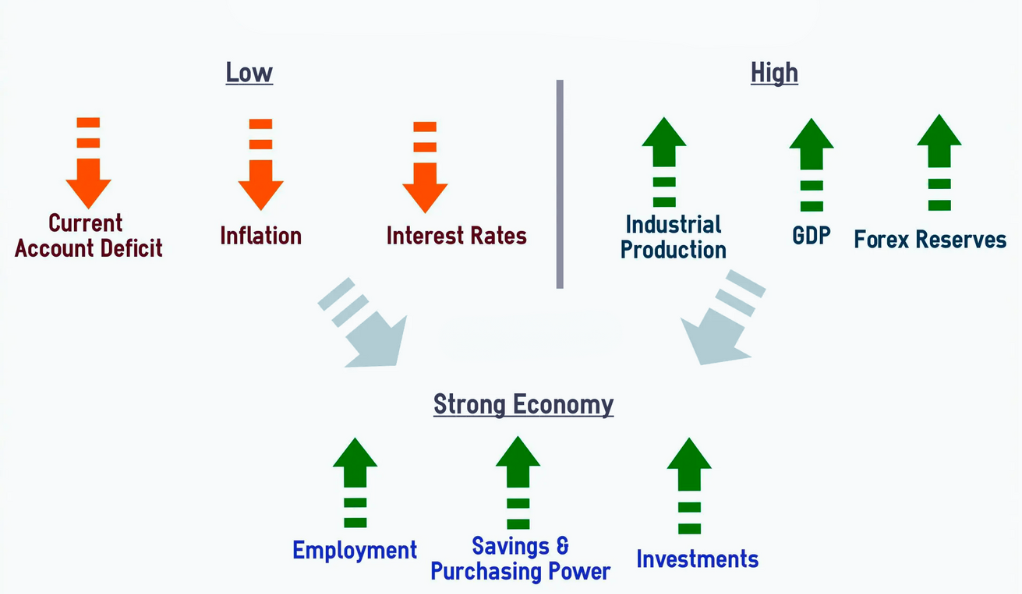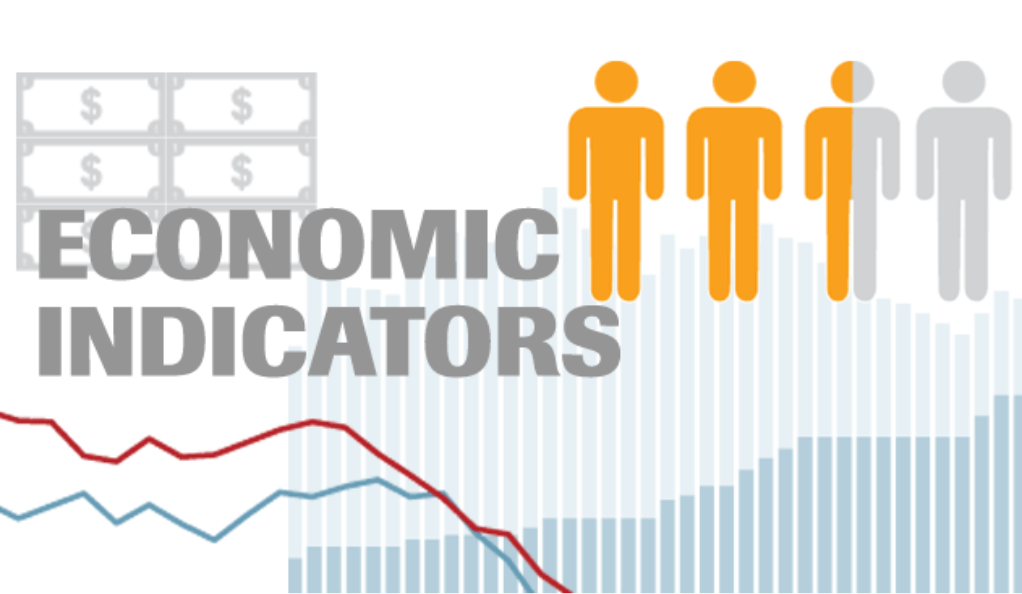Economic indicators are statistics about economic activities that provide insights into the health of an economy. They serve as a barometer, reflecting the current state and potential future direction of economic growth or contraction. These indicators can range from employment data to consumer confidence indexes, each offering a unique perspective on different facets of economic health.
Economic indicators are the backbone of economic forecasting. They provide businesses, investors, and policymakers with the data they need to make informed decisions. Without these indicators, it would be like navigating through a dense forest without a compass. They not only show where the economy currently stands but also hint at where it might be headed, allowing for proactive measures rather than reactive ones.

Key Economic Indicators to Watch
Gross Domestic Product (GDP)
What is GDP?
GDP, or Gross Domestic Product, is the monetary value of all finished goods and services produced within a country’s borders in a specific time frame. It’s a comprehensive scorecard of a nation’s economic health. Whether it’s the cars produced, the services rendered, or the food consumed, all contribute to a country’s GDP.
How does GDP influence market trends?
A rising GDP indicates a thriving economy, often leading to bullish market trends as investor confidence grows. On the other hand, a declining GDP can be a red flag, signaling potential economic downturns and bearish market sentiments. Monitoring GDP growth rates and understanding its components can provide investors with a clearer picture of economic health and potential investment opportunities.

Unemployment Rate
The significance of the unemployment rate
The unemployment rate is a key metric that measures the percentage of the labor force that is jobless but actively seeking employment. It’s a direct reflection of an economy’s health and its ability to provide jobs for its citizens. A rising unemployment rate can be a sign of economic distress, indicating that businesses are cutting back on jobs due to declining sales or other economic pressures.
Factors affecting unemployment
Several factors can influence the unemployment rate, including technological advancements, global competition, and economic policies. For instance, the introduction of automation in industries might lead to job losses in certain sectors. Similarly, global competition can lead to job outsourcing, affecting domestic employment. Understanding these factors helps in predicting potential shifts in the unemployment rate.
Inflation Rate
Understanding inflation’s impact
Inflation denotes the rate at which the general price level of goods and services in an economy rises, leading to a decrease in the purchasing power of money. It’s a double-edged sword. While moderate inflation is often seen as a sign of a growing economy, hyperinflation can erode savings and disrupt economic stability.
Causes of inflation
Inflation can be caused by various factors, including increased demand for goods and services, rising production costs, or even expansionary monetary policies. Supply shocks, such as a sudden increase in oil prices, can also lead to inflation. Recognizing the causes can help investors and policymakers anticipate and respond to inflationary pressures effectively.
How to Use Economic Indicators for Market Predictions
Analyzing data trends
Data is the cornerstone of prediction. By meticulously observing the trends of these indicators over time, one can make educated forecasts about market directions. It’s essential to look beyond the current value and understand the underlying patterns. Are there seasonal fluctuations? Is there a consistent upward or downward trajectory? These are the questions that trend analysis seeks to answer.
The role of geopolitical events
Economic indicators, while powerful, don’t operate in isolation. Geopolitical events, from elections to international conflicts, can have profound impacts on them. A sudden political upheaval can disrupt trade, affect foreign investments, and shift consumer confidence, all of which can influence economic indicators. Being attuned to global events is crucial for accurate market predictions.

Conclusion
Deciphering economic indicators is both an art and a science. With the right knowledge and a keen eye for trends, anyone can unlock the secrets of the international market. As the global economy becomes increasingly interconnected, understanding these indicators is not just a skill but a necessity for anyone looking to thrive in the world of finance and investment.
FAQs
GDP, unemployment rate, and inflation rate are often considered top-tier indicators due to their comprehensive insights into economic health.
Some, like unemployment rates, are updated monthly, while others, like GDP, might be quarterly.
They offer valuable insights, but stock markets also consider factors like company performance and investor sentiment.
The concepts remain similar, but specific indicators and their relevance can vary based on a country’s economic structure.
Such events can sway trade, foreign investment, and consumer confidence, thereby impacting economic indicators.
Investdigital is committed to delivering unbiased and reliable information on subjects like cryptocurrency, finance, trading, and stocks. It's crucial to understand that we do not possess the capability to offer financial advice, and we actively encourage users to conduct their own comprehensive research.
Read More



